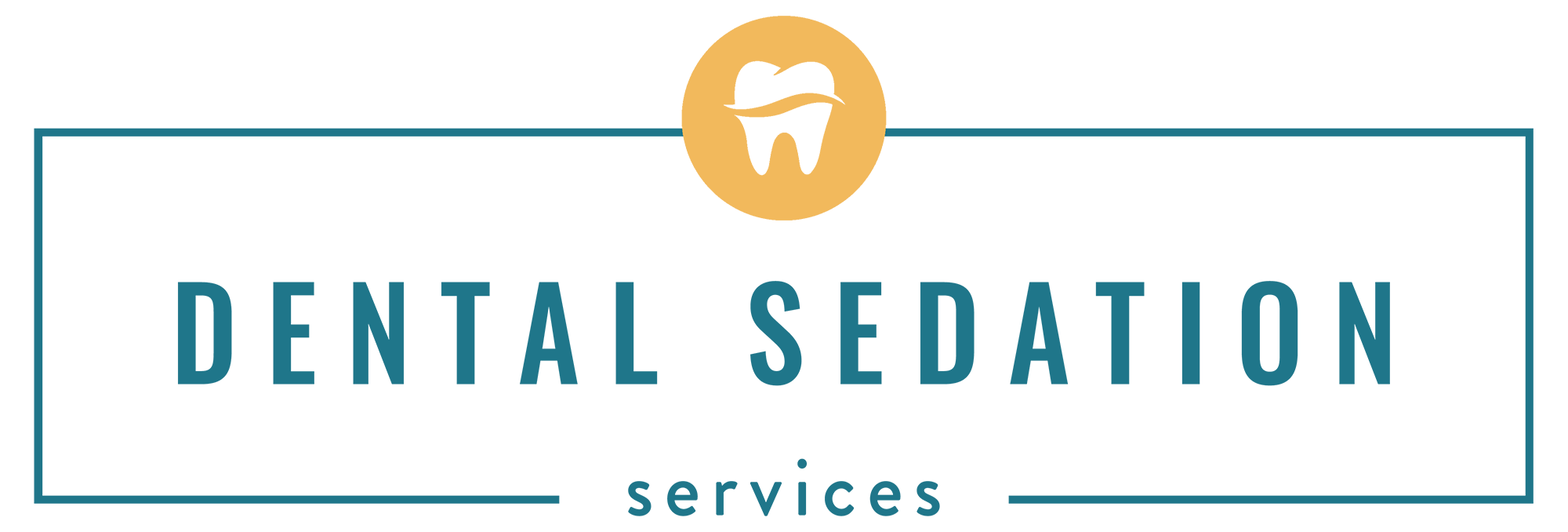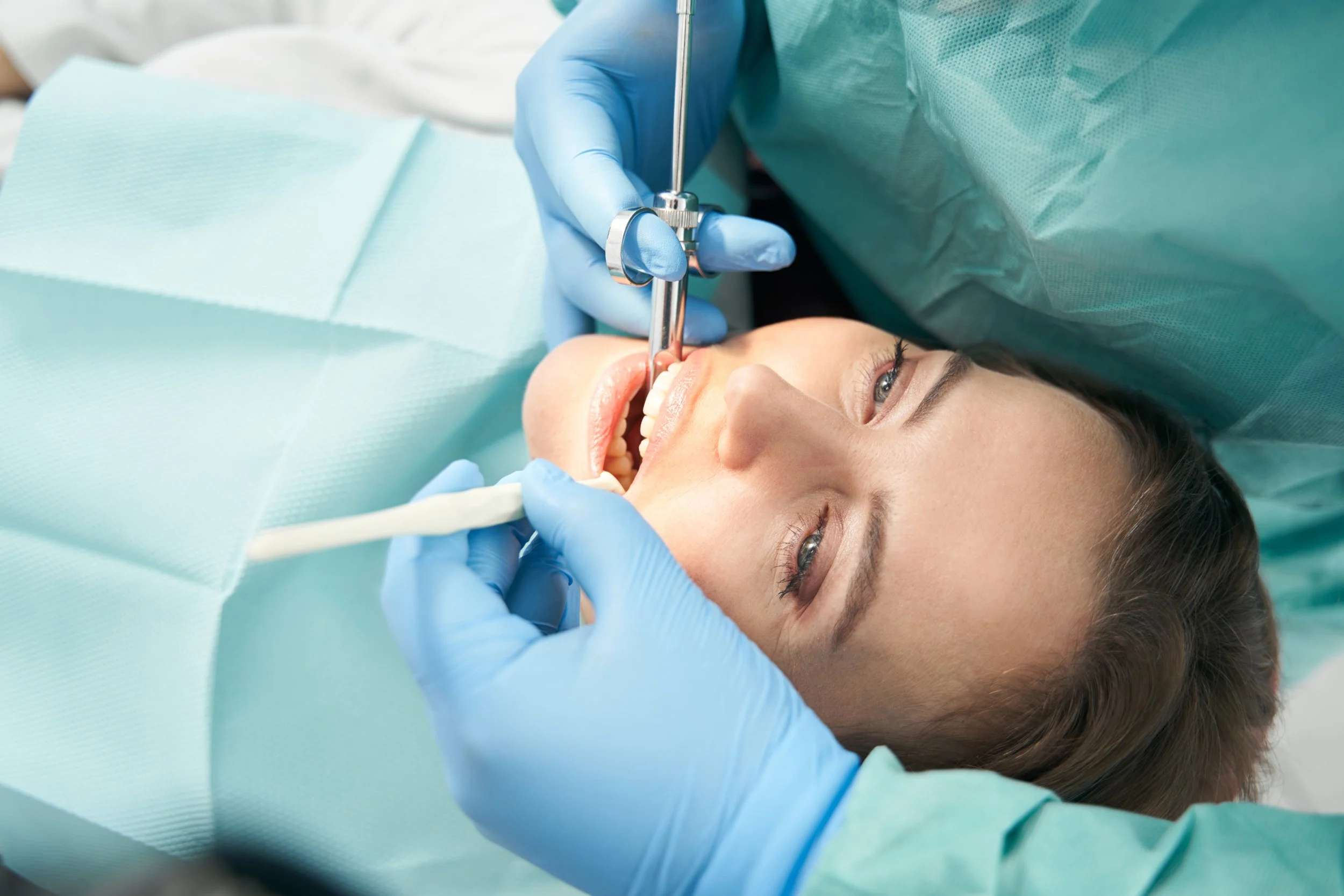How to Minimize Your trips to the Dentist
We recommend you visit your dentist for regular check-ups so they can check on your oral health. Your dentist will advise how often you need to go depending on your individual needs. You can take steps to help limit visits to the dentist, by maintaining a dedicated oral health routine at home. This should include:
Brushing your teeth twice a day, for two minutes each time, using fluoride toothpaste (how to brush your teeth properly)
Flossing every day, as well as brushing, to dislodge any food particles stuck between your teeth – remember to floss before you brush
Reducing the frequency, you expose your teeth to sugary foods and drinks – for example don’t sip at a sugary drink throughout the day
How to minimize your trips to the dentist
Brushing:
Brushing is an effective way to remove plaque — a sticky, bacteria-laden biofilm that clings stubbornly to your teeth. The bacteria in plaque produce acids, which erode the tooth's enamel and may lead to tooth decay. Plaque can also cause gum disease and bad breath. In fact, it's believed that over 90% of dental disease is caused by plaque accumulation alone.
Besides removing plaque, the fluoride in toothpaste strengthens tooth enamel and makes teeth more decay resistant. Plus, brushing makes your mouth feel cleaner and your breath smell fresher. While there is no single “right” way to brush your teeth, there are a number of techniques that can help you get them squeaky-clean. So why wait — let's take a refresher course in brushing right now!
Proper Brushing Technique:
To begin, select a small-headed, soft-bristled toothbrush, grasp it gently with your fingers (not your fist), and squeeze on a pea-sized dab of fluoride toothpaste.
Hold the bristles gently against the outside of your top teeth, near the gum line, at about a 45-degree angle upward.
Sweep the brush gently back and forth over teeth and gums in soft strokes — or, if you prefer, use an elliptical (circular) motion to clean the teeth.
Be sure to clean the spaces between teeth: You can use a sweeping motion to brush food particles away from the gums.
When you have done one brush-width, move to the adjacent area of your teeth and repeat. Keep going until you have finished cleaning the outside of the whole top row of teeth.
Move to the bottom teeth. Repeat the procedure, tilting the brush down toward the gum line at about 45 degrees. Finish cleaning the outside of the bottom teeth.
Go on to the inside of the top teeth. Tilting the bristles up toward the gums, clean the inside of the top teeth with gentle but thorough strokes.
Move to the inside of the bottom teeth. Tilt the brush down and repeat the procedure.
Now it's time for the chewing surfaces: Holding the bristles flat against the molars, cleaning the ridges and valleys of the back teeth. Do this for all the top and bottom teeth.
Finally, brush your tongue gently to remove bacteria and freshen breath.
Make Sure to Do a Good Job:
How good a brushing job did you do? One way to get an idea is by simply running your tongue over your teeth: If they feel slick and smooth, then chances are they're clean. If not, you should try again. To know for sure whether you're brushing effectively, you can use a “disclosing solution” — a special dye that highlights plaque and debris your brushing missed.
One common error is not brushing for long enough: two minutes is about the minimum time you need to do a thorough job. If you have music in the bathroom, you could try brushing along with a pop song; when the song's over, you're done! But no matter your musical taste, good brushing technique can go a long way toward maintaining tip-top oral hygiene.
Flossing:
There are two sides to each space between your teeth and you must floss each side separately so as not to injure the triangle of gum tissue between your teeth. Run the floss up and down the surface of the tooth, making sure you are going down to the gum line and then up to the highest contact point between the teeth. Apply pressure with your fingers away from the gum triangle, letting it curve around the side of the tooth forming the letter “C” with the floss. You want your fingers as close to the front and back of the tooth as possible so both fingers move in harmony up and down until you hear a squeaky-clean sound. This is easier with unwaxed floss. The smaller the amount of floss between your fingers, the more control you have of flossing.
Sugar:
Dental caries (also known as tooth decay or dental cavities) is the most common noncommunicable disease worldwide. Severe dental caries affects general health and often causes pain and infection, which may result in tooth extraction. Free sugars are the essential dietary factor in the development of dental caries. Dental caries develops when bacteria in the mouth metabolize sugars to produce acid that demineralizes the hard tissues of the teeth (enamel and dentine).
In many countries, sugars-sweetened beverages, including fruit-based and milk-based sweetened drinks and 100% fruit juices, are a primary source of free sugars, as well as confectionery, cakes, biscuits, sweetened cereals, sweet desserts, sucrose, honey, syrups and preserves. Limiting free sugars intake to less than 10% of total energy intake – and ideally even further, to less than 5% – minimizes the risk of dental caries throughout life.
Oral hygiene is the practice of keeping one's oral cavity clean and free of disease and other problems by regular brushing of the teeth and adopting good hygiene habits. The goal is to prevent complications such as tooth decay (cavities) and gum disease and to maintain the overall health of your mouth.
DENTAL SEDATION SERVICES in NJ
At Dental Sedation Services, we provide high-quality, advanced dental anesthesia services to general dentists and dental specialists in New Jersey, Pennsylvania, and the New York metropolitan area. The anxiety that many patients experience when receiving dental care is significantly reduced when treated in a familiar environment. Our office-based anesthesia services make dentistry more accessible and affordable, while offering patients the convenience of receiving comprehensive dental care in their own dental practice. For more information, you can contact us at (732)986-3690, or visit our website.

